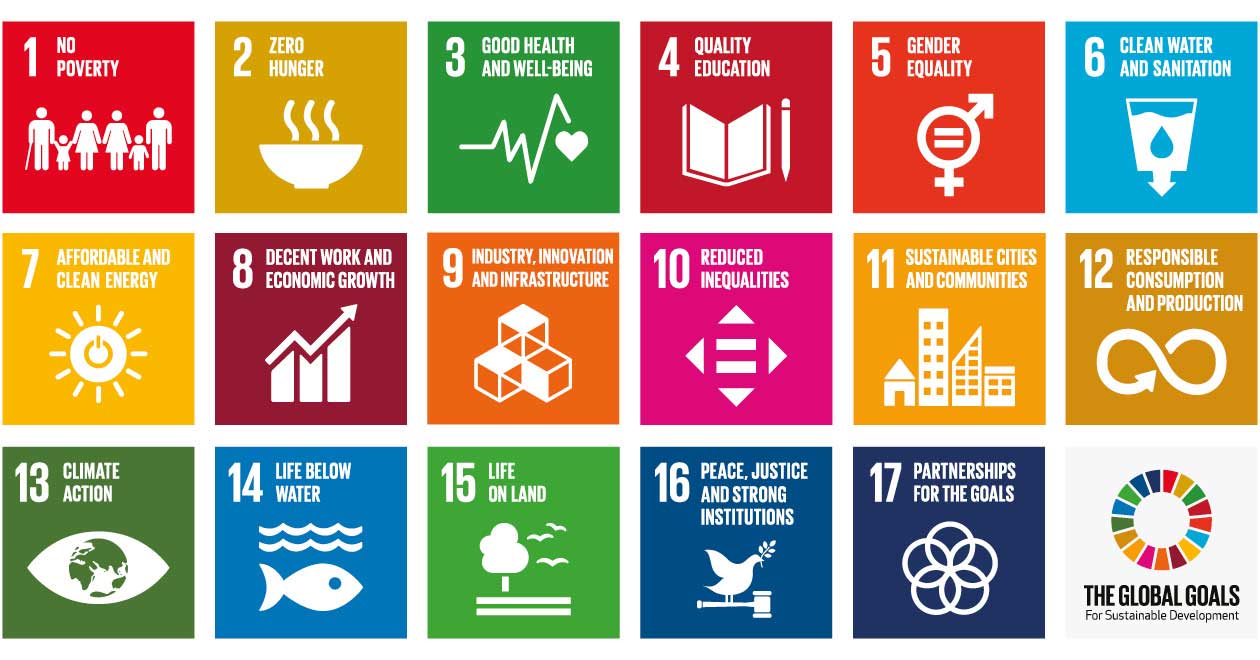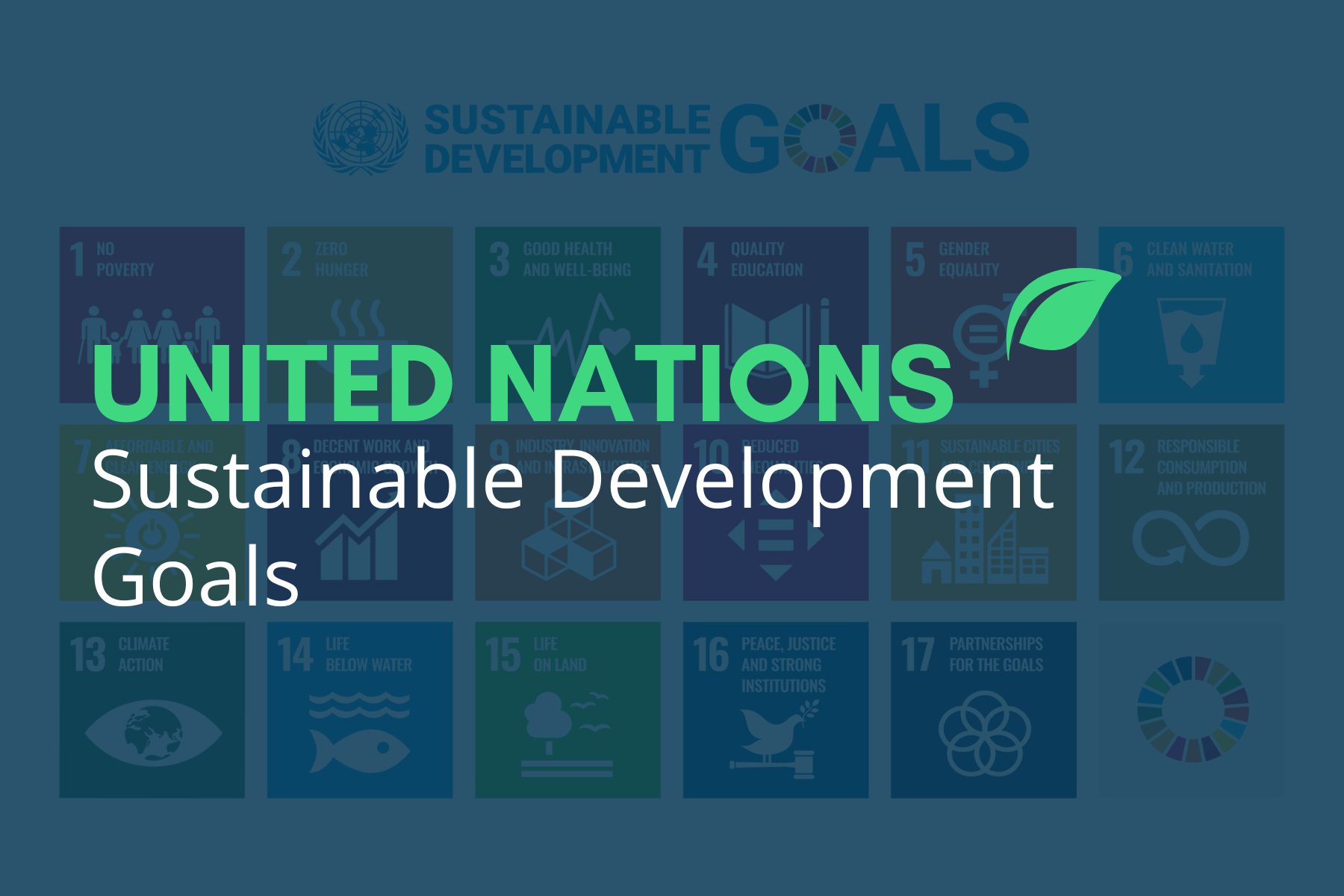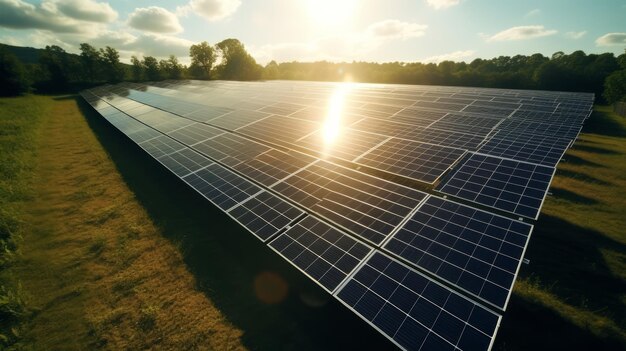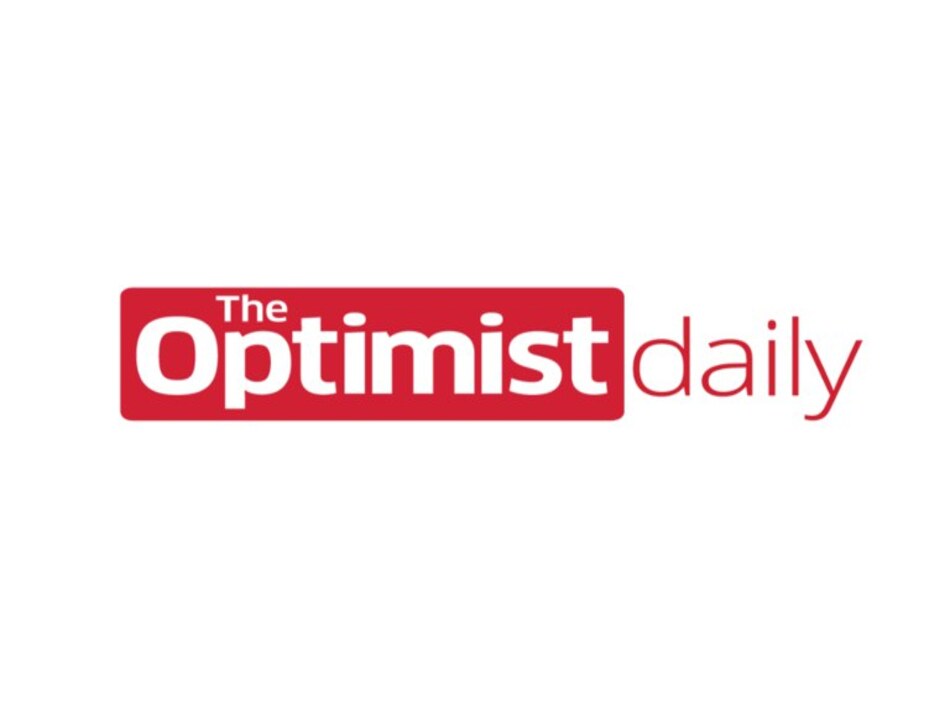
Sustainable Development Goals Explained: Your Beginner’s Guide to a Better World
Imagine a world where everyone has enough food, clean water, quality education, and a healthy planet to live on. A world where peace reigns, and opportunities are fair for all. Sounds like a dream, right? Well, it’s a dream that the entire world, through the United Nations, has decided to actively pursue. This shared vision is laid out in what are called the Sustainable Development Goals (SDGs).
If you’ve heard the term "SDGs" or "Global Goals" but aren’t quite sure what they mean, you’ve come to the right place! This guide will break down the Sustainable Development Goals in simple terms, explaining why they matter and how even a beginner can understand and contribute to them.
What Exactly ARE the Sustainable Development Goals (SDGs)?
The Sustainable Development Goals (SDGs), also known as the Global Goals, are a collection of 17 interconnected goals designed to be a "blueprint to achieve a better and more sustainable future for all." They were set in 2015 by the United Nations General Assembly and are intended to be achieved by the year 2030.
Think of them as a universal to-do list for humanity. They address the global challenges we face, including those related to poverty, inequality, climate change, environmental degradation, peace, and justice. Unlike previous goals that mainly focused on developing countries, the SDGs apply to all countries – rich and poor – recognizing that we all have a role to play in building a sustainable future.
Key things to remember about the SDGs:
- 17 Goals: There are 17 specific goals.
- Universal: They apply to every country in the world.
- Interconnected: They don’t stand alone; success in one area often depends on success in others.
- Ambitious: They aim for big, transformative changes.
- Deadline: The target year for achieving them is 2030.
Why Do We Need the SDGs?
Our world faces some truly massive problems. While progress has been made in many areas, huge challenges remain. Here’s why the SDGs are so crucial:
- Poverty and Hunger: Billions of people still live in extreme poverty, and hunger remains a devastating reality for millions.
- Inequality: Gaps between rich and poor, men and women, and different regions are still far too wide.
- Climate Change: Our planet is warming at an alarming rate, leading to extreme weather events, rising sea levels, and threats to ecosystems.
- Environmental Degradation: Pollution, deforestation, and loss of biodiversity are threatening the very resources we depend on.
- Lack of Access: Many still lack access to basic services like clean water, sanitation, healthcare, and quality education.
- Conflict and Injustice: Wars, violence, and unfair systems continue to cause immense suffering.
The SDGs provide a shared roadmap for all countries to work together to tackle these problems. They give us a common language, a set of targets, and a unified vision to guide our actions towards a more just, peaceful, and sustainable world. Without such a framework, efforts would be fragmented and less effective.
The 17 Sustainable Development Goals: A Quick Look
Let’s dive into each of the 17 goals. Don’t worry, we’ll keep the explanations simple!
-
Goal 1: No Poverty
- What it means: Ending poverty in all its forms everywhere. This means ensuring everyone has enough money and resources to meet their basic needs and live with dignity.
- Why it matters: Poverty is a root cause of many other problems, limiting opportunities and perpetuating suffering.
-
Goal 2: Zero Hunger
- What it means: Ending hunger, achieving food security and improved nutrition, and promoting sustainable agriculture.
- Why it matters: No one should go to bed hungry. Sustainable farming also protects our planet.
-
Goal 3: Good Health and Well-being
- What it means: Ensuring healthy lives and promoting well-being for all at all ages. This includes reducing child mortality, fighting diseases like AIDS and malaria, and ensuring access to healthcare.
- Why it matters: Healthy people are the foundation of healthy societies.
-
Goal 4: Quality Education
- What it means: Ensuring inclusive and equitable quality education and promoting lifelong learning opportunities for all.
- Why it matters: Education empowers individuals, reduces inequality, and is key to a prosperous society.
-
Goal 5: Gender Equality
- What it means: Achieving gender equality and empowering all women and girls. This includes ending discrimination and violence against women.
- Why it matters: When women and girls are empowered, societies thrive.
-
Goal 6: Clean Water and Sanitation
- What it means: Ensuring availability and sustainable management of water and sanitation for all.
- Why it matters: Access to clean water and sanitation is a basic human right and crucial for health and dignity.
-
Goal 7: Affordable and Clean Energy
- What it means: Ensuring access to affordable, reliable, sustainable, and modern energy for all.
- Why it matters: Clean energy is essential for fighting climate change and powering sustainable development.
-
Goal 8: Decent Work and Economic Growth
- What it means: Promoting sustained, inclusive, and sustainable economic growth, full and productive employment, and decent work for all.
- Why it matters: Everyone deserves fair pay, safe working conditions, and opportunities to contribute.
-
Goal 9: Industry, Innovation, and Infrastructure
- What it means: Building resilient infrastructure, promoting inclusive and sustainable industrialization, and fostering innovation.
- Why it matters: Strong infrastructure and innovation are vital for economic progress and solving global challenges.
-
Goal 10: Reduced Inequalities
- What it means: Reducing inequality within and among countries. This includes income inequality, as well as discrimination based on age, sex, disability, race, ethnicity, origin, religion, or economic status.
- Why it matters: Extreme inequality harms societies and can lead to instability.
-
Goal 11: Sustainable Cities and Communities
- What it means: Making cities and human settlements inclusive, safe, resilient, and sustainable.
- Why it matters: More than half the world lives in cities, and they need to be livable and environmentally friendly.
-
Goal 12: Responsible Consumption and Production
- What it means: Ensuring sustainable consumption and production patterns. This includes reducing waste, promoting recycling, and encouraging ethical sourcing.
- Why it matters: We can’t keep consuming resources unsustainably; it harms the planet.
-
Goal 13: Climate Action
- What it means: Taking urgent action to combat climate change and its impacts.
- Why it matters: Climate change is arguably the biggest threat to humanity and the planet.
-
Goal 14: Life Below Water
- What it means: Conserving and sustainably using the oceans, seas, and marine resources for sustainable development.
- Why it matters: Oceans are vital for life on Earth, providing food, regulating climate, and hosting diverse ecosystems.
-
Goal 15: Life on Land
- What it means: Protecting, restoring, and promoting sustainable use of terrestrial ecosystems, sustainably managing forests, combating desertification, halting and reversing land degradation, and halting biodiversity loss.
- Why it matters: Healthy land and diverse species are essential for our survival and well-being.
-
Goal 16: Peace, Justice, and Strong Institutions
- What it means: Promoting peaceful and inclusive societies for sustainable development, providing access to justice for all, and building effective, accountable, and inclusive institutions at all levels.
- Why it matters: Peace and justice are the foundations for any sustainable progress.
-
Goal 17: Partnerships for the Goals
- What it means: Strengthening the means of implementation and revitalizing the global partnership for sustainable development.
- Why it matters: None of these goals can be achieved alone. They require collaboration between governments, businesses, civil society, and individuals worldwide.
How Do the SDGs Work?
The SDGs aren’t just a wish list. They are backed by specific targets (there are 169 of them!) and indicators to measure progress. For example, under Goal 4 (Quality Education), a target might be "ensure that all girls and boys complete free, equitable and quality primary and secondary education."
While governments are primarily responsible for implementing the SDGs within their countries, it’s a truly global effort:
- Governments: Develop policies, allocate resources, and create national plans to meet the goals.
- Civil Society Organizations (NGOs): Advocate for change, implement projects on the ground, and hold governments accountable.
- Businesses: Innovate sustainable practices, invest responsibly, and contribute to ethical supply chains.
- Individuals: Make conscious choices, raise awareness, and participate in local and global efforts.
The interconnectedness of the goals is key. For example, improving education (Goal 4) can lead to better health (Goal 3), less poverty (Goal 1), and more gender equality (Goal 5). Addressing climate change (Goal 13) protects life below water (Goal 14) and on land (Goal 15). It’s all part of one big, integrated puzzle.
Why Should YOU Care About the SDGs?
These goals aren’t just for politicians or experts; they are about our shared future. Here’s why they should matter to you:
- Your Future: The SDGs address issues that will directly impact your quality of life, from the air you breathe to the food you eat and the opportunities you have.
- Global Citizenship: We are all part of a global community. What happens in one part of the world affects us all. The SDGs offer a way to contribute to a better world for everyone.
- Personal Values: Many of the goals align with universal values like fairness, compassion, and responsibility.
- Empowerment: Understanding the SDGs empowers you to make informed decisions and take action, no matter how small, that contributes to a more sustainable world.
- Hope for a Better World: While the challenges are immense, the SDGs offer a hopeful vision and a concrete plan to get there.
How Can Beginners Get Involved in the SDGs?
Feeling inspired but not sure where to start? You don’t need to be a world leader or a scientist to contribute. Every action, big or small, makes a difference.
Here are some easy ways beginners can get involved in supporting the Sustainable Development Goals:
-
Learn More & Share:
- Read up on specific goals that interest you.
- Talk about the SDGs with friends and family.
- Share information on social media. Awareness is the first step!
-
Make Sustainable Choices in Daily Life:
- Reduce, Reuse, Recycle: Focus on minimizing waste (Goal 12).
- Conserve Water: Take shorter showers, fix leaks (Goal 6).
- Save Energy: Turn off lights, unplug electronics, use energy-efficient appliances (Goal 7).
- Eat Sustainably: Reduce food waste, consider plant-based meals, buy local (Goal 2, 12, 13).
- Walk, Bike, or Use Public Transport: Reduce your carbon footprint (Goal 13).
-
Support Ethical Businesses & Products:
- Look for products that are fair trade, sustainably sourced, or have environmental certifications (Goal 8, 12).
- Support companies that prioritize social and environmental responsibility.
-
Use Your Voice:
- Sign petitions, contact your elected officials, and advocate for policies that support the SDGs (Goal 16).
- Participate in community clean-ups or awareness events.
-
Educate Yourself & Others:
- Volunteer at local organizations working on issues related to the SDGs (e.g., food banks, environmental groups, educational programs).
- Donate wisely to reputable charities that align with the goals you care about most.
-
Be a Responsible Digital Citizen:
- Think before you share information online. Promote positive messages and accurate facts about global challenges and solutions.
- Be mindful of your digital footprint (energy consumption of devices and data centers).
The Road Ahead: Challenges and Opportunities
Achieving the Sustainable Development Goals by 2030 is a huge undertaking, and we’re already halfway through the timeline. The world faces setbacks from conflicts, pandemics, and economic instability. However, the SDGs also represent an unprecedented opportunity to address the root causes of our global problems and build a truly resilient, equitable, and sustainable world.
It requires bold leadership, innovative solutions, and the collective effort of every individual, community, and nation. The SDGs are not just about fixing problems; they’re about creating a better future where both people and the planet can thrive.
Conclusion: Your Journey Starts Now
The Sustainable Development Goals are humanity’s shared roadmap for a healthier, more just, and sustainable planet. They are ambitious, interconnected, and call for universal action. While the task ahead is immense, understanding these goals is the first crucial step.
You now have a beginner’s grasp of what the SDGs are, why they’re important, and how you, as an individual, can contribute. Remember, every conscious choice you make, every conversation you have, and every action you take, no matter how small, helps move us closer to achieving this incredible vision. The journey to a better world starts with each of us.



Post Comment